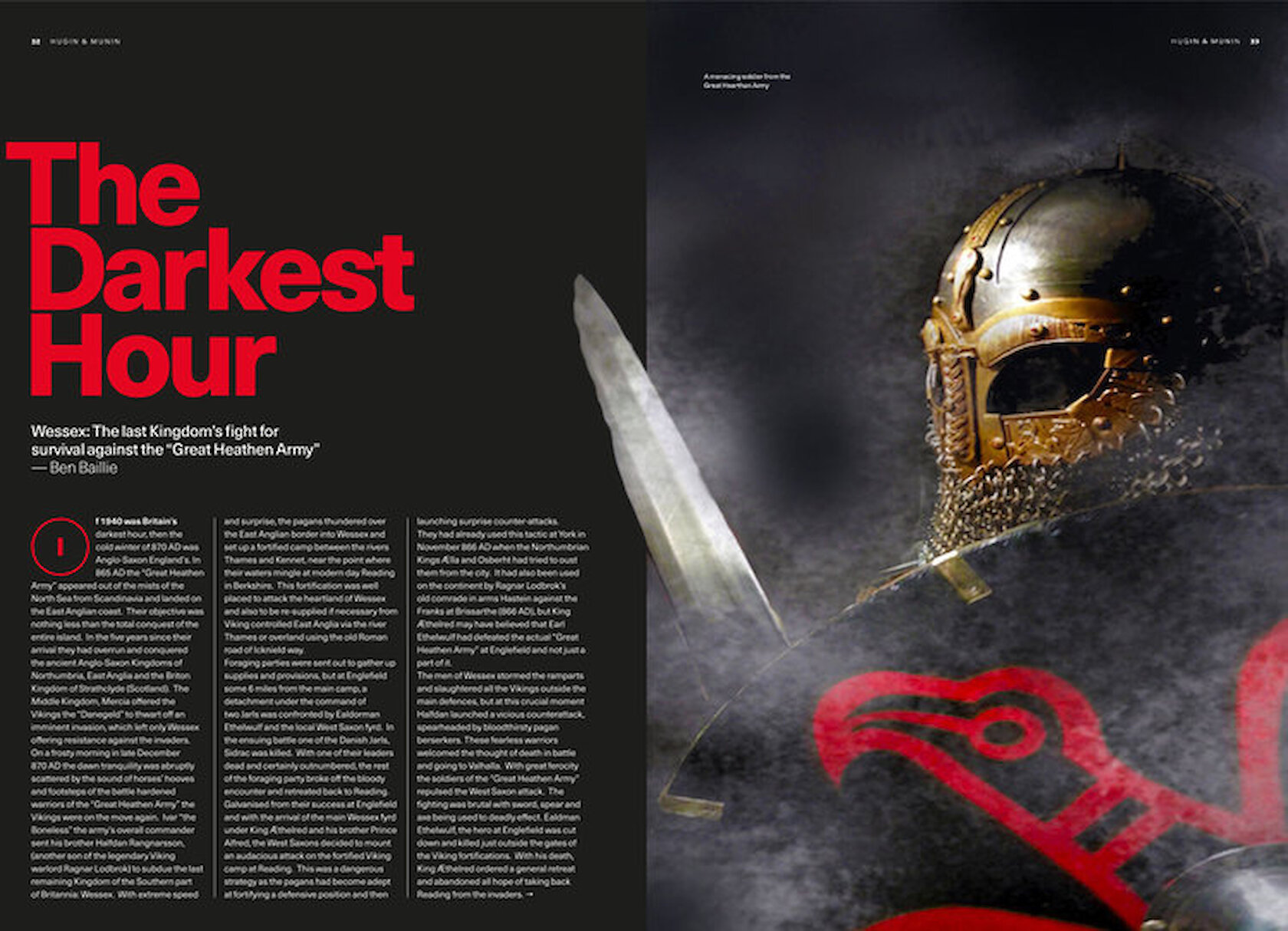by Kjell Braaten
The music is a mix between Viking/ medieval music and world music. And is composed for Vera Henriksen play about the Norwegian Viking king Olav Haraldson, his sword Baesing and his struggle between christianity and paganism.
All tracks composed, performed, recorded and produced by Kjell Braaten except 03 (Voice by Marcus Hannestad), 10 (Based on a melody by Gustav Holberg).
1. Olav gets his sword. Rane Roesson delivers the sword Baesing to Olav Haraldsson as a child. Rane trains Olav in sword- fighting.
2. Olavs party. King Olav has a party. He binds his closest friends (Torberg, Kalv and Finn Arnesson) to him and gets his own poet/ singer (skald) Sigvat.
3. Olav gets baptized. Olav gets baptized in Rouen. - You can hear both the pagan and the Christian powers, and Olavs struggle between them...
4. Love Theme. Olav meets Astrid, his prospective wife and queen.
5. Olav leaves Baesig with bishop Grimkjel. King Olav gives the sword (Baesing) to Bishop Grimkjel to show that he has become a good Christian and given up the paganism. He then rides out of town (Borg) to conquer...
6. Unsafe times. These sounds set the mood to a long part of the play. Olav loses many people and ships. The Danish takes over a lot of Norway (also Olavs town Borg (today Sarpsborg)). Just before the next track he loses against the Danish King Knut and has to abandon about one hundred ships with goods and warriors...
7. Olav returns to Borg. Olav returns to Borg (Witch now is taken by the danes) to take back Baesing (The pagan sword). He believes that the sword gives him the powers to rule Norway, But Bishop Grimkjel does not agree...
8. The battle of Stiklestad. The battle of Stiklestad (July 1030). One of the most famous battles in Norway, now known to be the start of the Christian times in Norway. The king brings his men to a fight against the locals that has sworn their trust to King Knut of Denmark. In the middle of the battle, he suddenly throws his sword away, and Thore Hund spear him to death.
9. The king is dead. The king is dead...
10. Applause.
All tracks composed, performed, recorded and produced by Kjell Braaten except 03 (Voice by Marcus Hannestad), 10 (Based on a melody by Gustav Holberg).
1. Olav gets his sword. Rane Roesson delivers the sword Baesing to Olav Haraldsson as a child. Rane trains Olav in sword- fighting.
2. Olavs party. King Olav has a party. He binds his closest friends (Torberg, Kalv and Finn Arnesson) to him and gets his own poet/ singer (skald) Sigvat.
3. Olav gets baptized. Olav gets baptized in Rouen. - You can hear both the pagan and the Christian powers, and Olavs struggle between them...
4. Love Theme. Olav meets Astrid, his prospective wife and queen.
5. Olav leaves Baesig with bishop Grimkjel. King Olav gives the sword (Baesing) to Bishop Grimkjel to show that he has become a good Christian and given up the paganism. He then rides out of town (Borg) to conquer...
6. Unsafe times. These sounds set the mood to a long part of the play. Olav loses many people and ships. The Danish takes over a lot of Norway (also Olavs town Borg (today Sarpsborg)). Just before the next track he loses against the Danish King Knut and has to abandon about one hundred ships with goods and warriors...
7. Olav returns to Borg. Olav returns to Borg (Witch now is taken by the danes) to take back Baesing (The pagan sword). He believes that the sword gives him the powers to rule Norway, But Bishop Grimkjel does not agree...
8. The battle of Stiklestad. The battle of Stiklestad (July 1030). One of the most famous battles in Norway, now known to be the start of the Christian times in Norway. The king brings his men to a fight against the locals that has sworn their trust to King Knut of Denmark. In the middle of the battle, he suddenly throws his sword away, and Thore Hund spear him to death.
9. The king is dead. The king is dead...
10. Applause.






